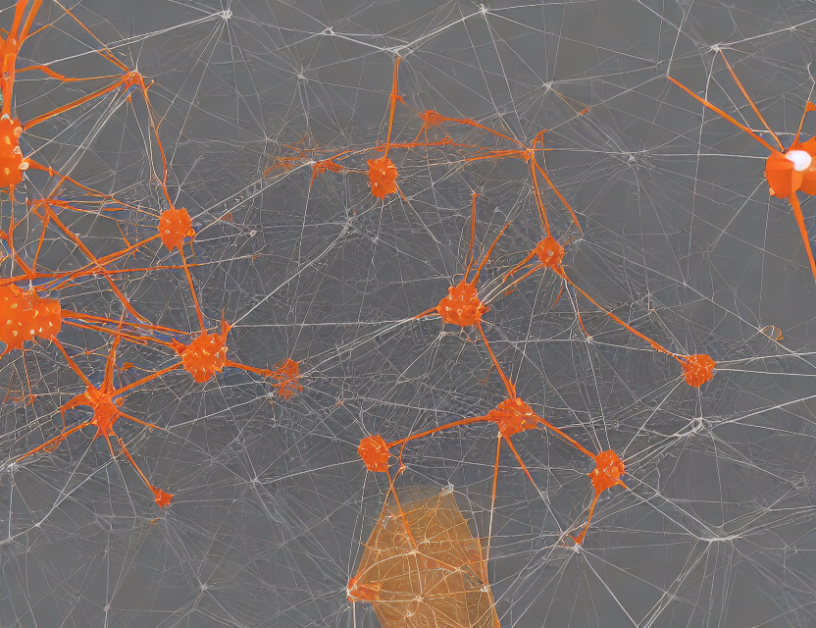In this article, we delve into the realm of criminal network analysis and explore the potential of graph neural networks (GNNs) for identifying communities within these complex webs of illegal activities. By leveraging the power of GNNs, researchers can uncover hidden patterns and relationships that were previously unknown, leading to more effective law enforcement strategies and improved understanding of criminal behavior.
Community Detection
The primary goal of community detection in criminal networks is to identify clusters of individuals with similar criminal behaviors or interests. Traditional methods rely on centrality measures, such as degree or closeness centrality, which are limited in their ability to capture the nuanced relationships within these networks. GNNs offer a more comprehensive approach by modeling the graph structure and capturing the node and edge attributes that define the network’s properties.
GNN Architectures
Several GNN architectures have been proposed for community detection in criminal networks, including Graph Attention Networks (GATs) and Graph Convolutional Networks (GCNs). These models learn to aggregate node features by iteratively aggregating neighboring information using attention mechanisms or convolutional filters. The resulting representations capture the local and global graph structures, enabling more accurate community detection.
Experiments and Results
The authors conducted experiments on a real-world criminal network dataset to evaluate the effectiveness of GNNs for community detection. Their results showed that GNNs outperformed traditional centrality measures in identifying communities within the network. The attention mechanism used in GATs enabled the model to focus on the most important nodes and edges, leading to more accurate predictions.
Conclusion
In conclusion, this article highlights the potential of GNNs for community detection in criminal networks. By leveraging the power of graph neural networks, researchers can uncover hidden patterns and relationships that were previously unknown, leading to more effective law enforcement strategies and improved understanding of criminal behavior. As the field of graph neural networks continues to evolve, we can expect even more advanced techniques for analyzing and understand complex criminal networks.



